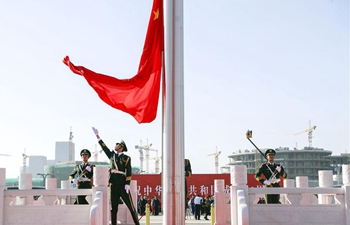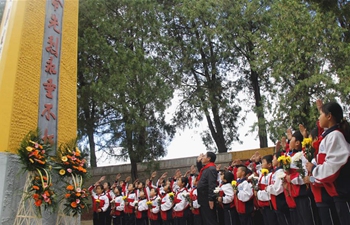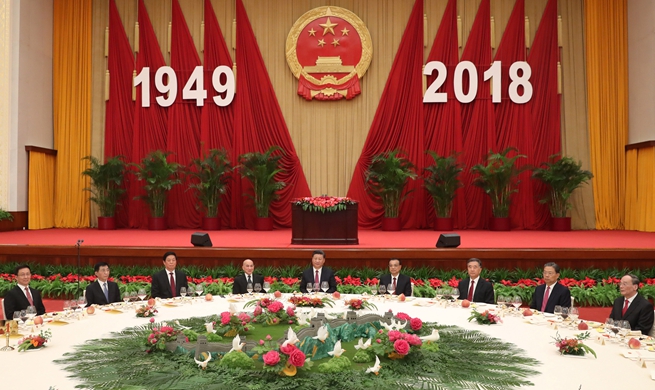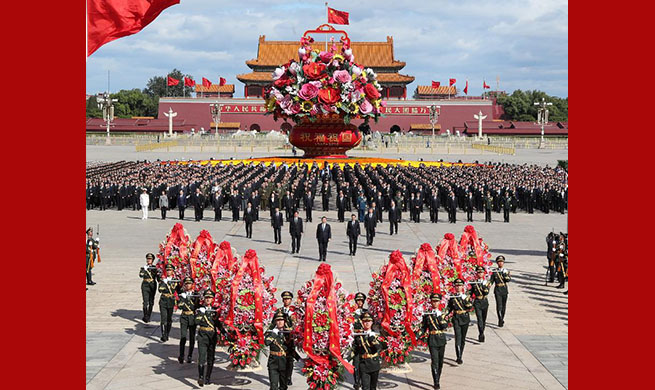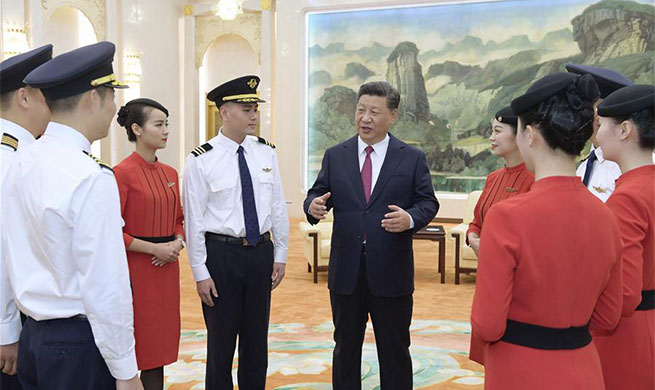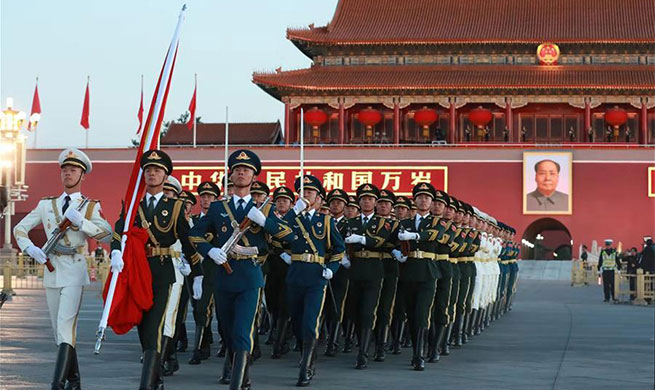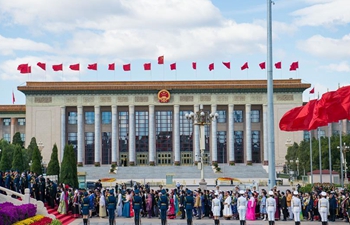HELSINKI, Oct.1 (Xinhua) -- The auction of spectrum of 3410-3800 MHz arranged by the Finnish Communications Regulatory Authority concluded on Monday. The operation of the spectrum is to be supported by 5G technology.
Three major telecommunication operators, Telia Finland, Elisa and DNA respectively won the operating licenses of 3410-3540 MHz, 3540-3670 MHz and 3670-3800 MHz. A total of 77 million euros (89 million U.S. dollars)was paid by the operators, said a government release.
Finland is one of the first countries in Europe to award licenses for the 3.5 GHz spectrum to allow the construction of 5G networks. The 3.5 GHz range will be used by operators from the start of 2019.
Following the auctioning of the 3.5 GHz frequency range, also the 26 GHz range will be available for mobile internet. Frequencies will be licensed in the spring 2020, but parts of the range will be available for shared use from this year.
Britain issued 5G operating licenses to telecom operators in April, followed by Spain in July and Italy in September. Some other European countries, such as Germany and Switzerland, are planning 5G spectrum auctions soon.
According to the national strategy for digital infrastructure published by the Finnish Ministry of Transport and Communications on Monday, Finland aims at being a pioneer in developing the next generation mobile networks and their usage. At the same time the construction of fixed line digital networks will be made easier.
The strategy defines top speed communication networks as "the basis for a modern society". The planned high quality digital infrastructure is to make it possible to live and work in all parts of Finland.
The roadmap sets the target that by 2025 all households should have the possibility to use connection at a speed of at least 100 Mb/s. The possibility should exist to increase the speed to 1 Gb/s.
The Finnish strategy is to match the needs of artificial intelligence, data economy, automation and robotisation, internet of things and virtual reality. It also noted that the development of autonomous transport on roads, at sea and in the air places huge demands on digital information and connections.


